As a veterinarian, I am often asked about kittens or smaller puppies that don’t seem to drink enough water.
This is a serious issue as a dog or cat going without water can lead to death in a couple of days. And oftentimes the question comes from new pet owners who are extremely concerned that the newest member of their family isn’t getting the proper nutrition.
Several approaches have been used to estimate daily water needs. There are general guidelines for daily fluid requirements in dogs and cats, but individual variations exist. The quantity of water required depends on a number of different factors, including the animal’s diet, environment, activity level, and health status. The moisture content of canned pet foods varies from 60% to >87%. Dry pet foods contain 3%–11% water, and semimoist foods contain 25%–35% water. As a result, dogs and cats consuming predominantly canned food generally drink less water than those consuming predominantly dry diets.
While I assure these new owners that their new kitten or puppy is most likely getting the water they need there are some things they can do to make sure they are drinking enough.
There are seven main things you can do if you feel that your puppy or kitten isn’t getting enough water
- Make sure the water is fresh and changed throughout the day
- Add water to their dry food
- Leave water out for them
- Hand feed water
- Feed wet food
- Change the water bowl
- Add some flavor to your pet’s water
- Have multiple water bowls around the house
OFFER FRESH WATER
Some cats and dogs are finiky when it comes to having clean water available constantly. Changing it throughout the day may entice them to drink more
ADD WATER TO DRY FOOD
If you are only feeding dry food, try adding a little warm water to it and see if your pet eats it all
LEAVE WATER OUT
If you are only giving water with meals then begin leaving it out throughout the day. If you are not comfortable leaving it out then offer it many times during the day.
HAND FEED WATER
I don’t recommend force-feeding water, but putting some on your pet’s gums or nose to entice them to drink may work
OFFER WET FOOD
Obviously, wet food has much more moisture than dry kibble so offering this with your pet’s dry food may help them get more water in their diet
CHANGE THE WATER BOWL
Sometimes the sound of metal water bowls can scare a new puppy or kitten, this is especially true if they have tags that hit the bowl when they drink. If you think this may be part of the problem try changing to a plastic water bowl
ADD SOME FLAVOR
If you are extremely worried about your new pet getting enough water you can try adding some flavor to entice them to drink. Do this in the form of bone or chicken broth (no salt or fat) to read about bone broth and dogs click here.
HAVE MULTIPLE WATER BOWLS
This may help increase water consumption and is especially true for cats, which don’t often drink a lot of water.
What if nothing helps?
If you make some of the changes listed and take the time to monitor your pet’s water intake and notice that he or she isn’t drinking at all throughout the day you may want to consider taking them to the vet. This is also true if your pet isn’t eating or shows any signs of illness such as vomiting or diarrhea.
Dehydration is something that should be taken seriously as young kittens and puppies need to drink sufficient water for healthy growth and development. Lack of appetite is also usually noted in pups or kittens that don’t drink enough water.
Also, keep in mind that if you have recently brought the puppy or kitten into your home, they may just need a period to acclimate to the new environment before they eat and drink normally.



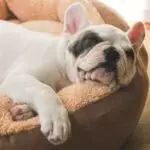


























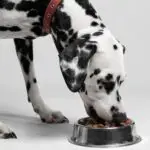

























































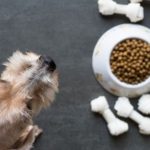


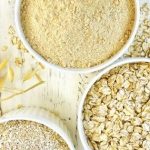
















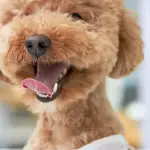













certainly like your web-site but you have to test the spelling on several of your posts. Many of them are rife with spelling problems and I find it very bothersome to inform the reality however I’ll surely come again again.